When we think about skin cancer prevention, our minds first go to habits to minimize external exposure to both natural and artificial ultraviolet light – a risk factor for all types of skin cancer, including melanoma, the most deadly form of skin cancer. Recent research shows that for those at high-risk for skin cancer, prevention from the inside out with the aid of certain supplements can also be key for stopping recurring skin cancers.
As a Board-Certified Dermatologist and Mohs Micrographic Surgeon, I care for many patients who are at an even higher risk due to family history, previous cancer diagnoses, sun sensitivity and abundance of moles.
For these patients at high risk for skin cancer or recurrent skin cancer, I recommend the following additional elements of prevention.
Choose a sunscreen that does more. Daily application of broad-spectrum sunscreen SPF 30 or greater is a key component to skin cancer prevention. If you have a history of skin cancer or precancerous lesions, we specifically recommend ISDIN Eryfotona Actinica SPF 50+. Eryfotona Actinica is a medical-grade sunscreen that contains DNA repair enzymes, which have been shown to prevent skin cancers as well as the development of precancerous lesions (Actinic Keratoses). This sunscreen is available for purchase in-office and in our online store.
Supplement twice daily with niacinamide. This inexpensive, over-the-counter form of vitamin B3 has anti-inflammatory properties. Studies have shown that oral niacinamide 500 mg twice daily can decrease the development of new non-melanoma skin cancers by approximately 25 percent in high-risk patients. Niacinamide can be found at most drug stores and on Amazon. Niacinamide is also known as nicotinamide. Be sure to get niacinamide and NOT niacin.
Incorporate an oral antioxidant. Heliocare is an oral antioxidant available over-the-counter as a dietary supplement. Heliocare is made from polypodium leucotomos ferns, which are known for their protection against free radical damage. This can be taken once daily or intermittently with outdoor activities to prevent sunburns and overall sun damage.
And of course, I encourage all my patients to continue to follow these tried-and-true habits to reduce their preventable risk for skin cancer:
- Stay out of tanning beds. If you want to appear tan, consider a safer self-tan option. See our staff’s favorites and tips for application here.
- Be mindful that multiple factors can increase the intensity of UV exposure, such as geographic location, elevation and time of day. If possible, plan our outdoor activities to fall outside the range of 10 a.m. to 4 p.m., when UV rays are strongest.
- Seek shade when outdoors.
- Wear sun-protective clothing and sunglasses with UV protection.
- Apply a broad-spectrum, water-resistant sunscreen with an SPF Of 30 or higher to all areas of skin not covered by clothing.

